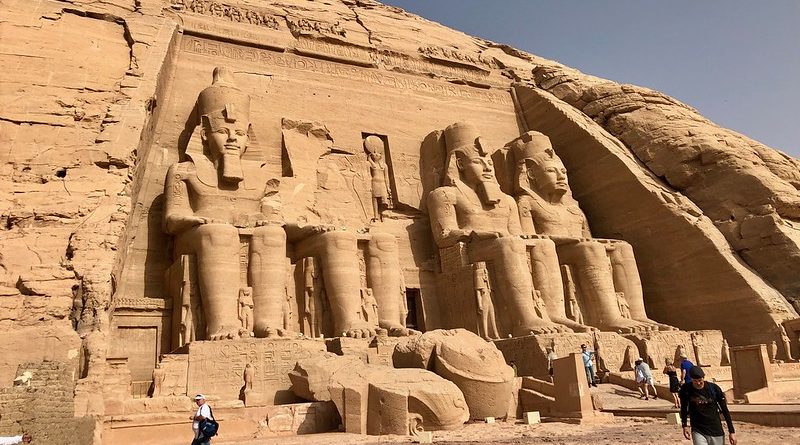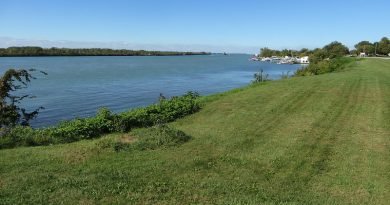Ramses II Temple in Abu Simbel
History Facts
Where: Abu Simbel, near Aswan, southern Egypt
When: 13th century BC
History: Egotistical pharoh constructs splendid temple to impress African travellers, but it is abandoned and remained preserved in the desert until 19th century
Go there for: Feats of engineering – from ancient to modern – and amazingly well preserved statues
Where it’s at
As one of Egypt’s most famous archaeological sites, the Ramses II Temple located in Abu Simbel is a top attraction for visitors. Despite its great distance from Cairo and the fact visiting it from Aswan involves travelling by land from Aswan in a police convoy, it’s a site not to be missed: first, because the statues of Ramses II are some of the most awe inspiring in all of Egypt, and second, to marvel at the engineering feat of moving the entire temple, block after block, to save if from the rising waters of Lake Nasser in the late 1960’s.
History
Located near the Sudanese border, the Ramses II temple was designed in the 13th Century BC to strike awe into travellers coming from southern Africa, educating them to the grandeur of Egyptian culture. The four largest statues in front are Ramses II, and the smaller ones next to them are fashioned to resemble his favourite wife, Nefertari and Prince Amonherkhepshef,his son. Inside, along the 185 foot hallway, wall carvings depicting Ramses’ II achievements lead into an inner chamber illuminated twice a year by the rising sun: February 22 and October 22 in the new location (a day later than before the temple was moved). The inner sanctuary is dedicated to the three gods Ptah, Amun and Harakhty whose faces are illuminated by the sun’s rays.
Ramses II’s reign was dominated by this construction, and the entire country is dotted with his temples and tombs dedicated to his family, his achievements, and most importantly, himself. The largest cluster of these are in the Ramasseum in Luxor containing Ramses’ funerary templeand Queen Nefertari’s tomb, one of the most beautifully painted in the entire country.
The temple a t Abu Simbel was worshipped in during Ramses II’s reign, but eventually it was abandoned and over time the sands of the desert buried the temple which became completely forgotten by the people who lived in the region. In 1813 it was uncovered by a Swiss explorer who came across one of the heads of Ramses II statues rising out of the sand. It took four years before enough sand was removed and the temple could be explored and documented.
Visiting Ramses II today
When visiting the temple today, travellers can choose to stay in Aswan and visit on a day trip, or stay in the town Abu Simbel itself. Group tours tend to stay in Aswan and only spend a few hours at the temples before heading back before nightfall. Staying in Abu Simbel might be a better option if you plan to explore the temple and Lake Nasser, which has transformed Egypt’s agricultural production since being formed by the High Dam in 1971. Accommodation quality isn’t great and doesn’t come cheap here but it is a small price to pay to explore this exciting and remote part of Egypt.
MORE INFORMATION
Homestead.com: Ancient Africa
A look at the Ramses Temple in Abu Simbel.
Temple of Ramses
Archeologist Christian Leblanc’s report on the temple of Ramses at Abu Simbel.
King Tut
Facts about the Ancient Sites




